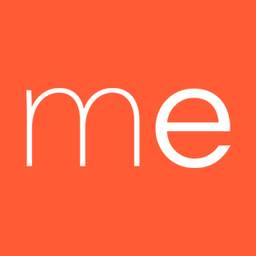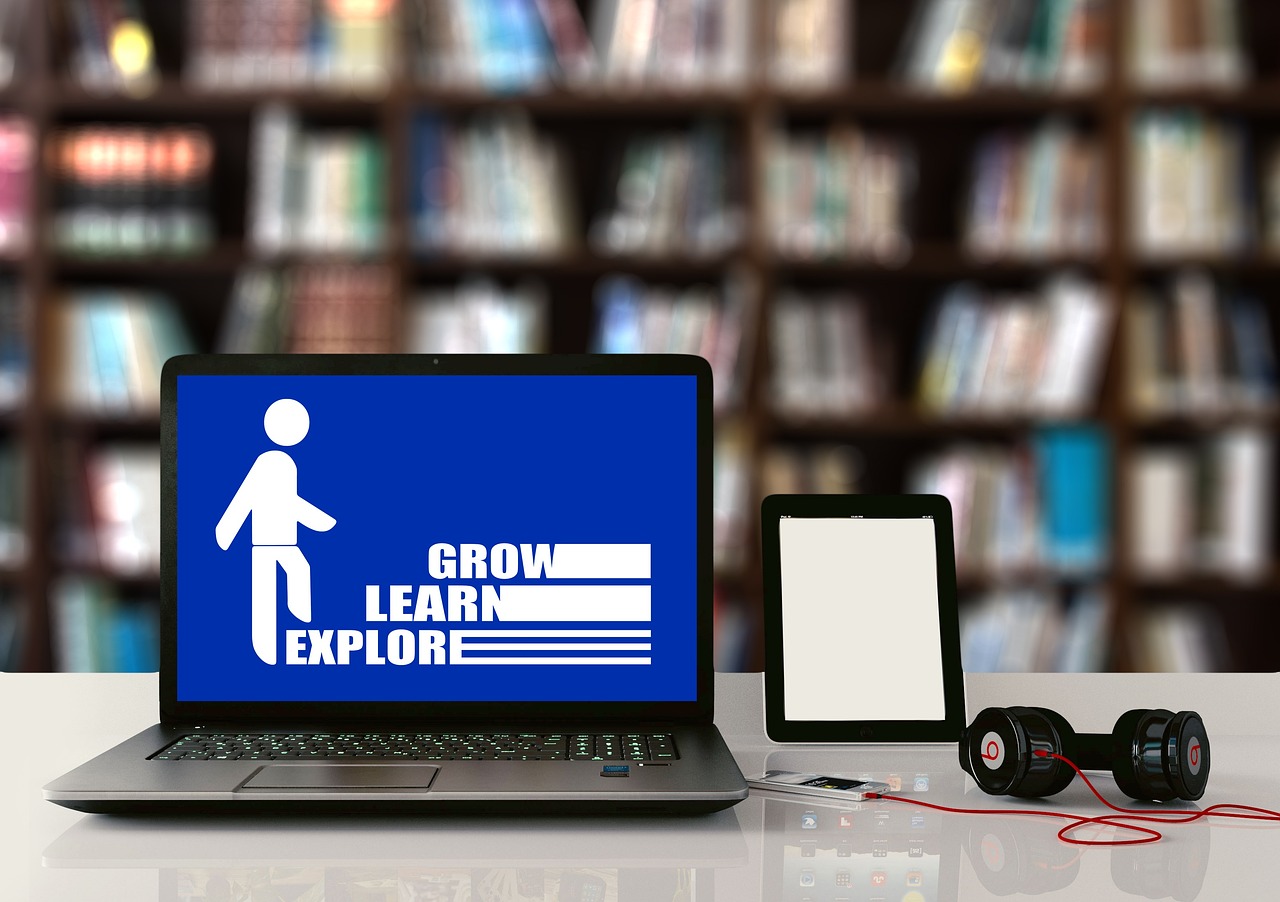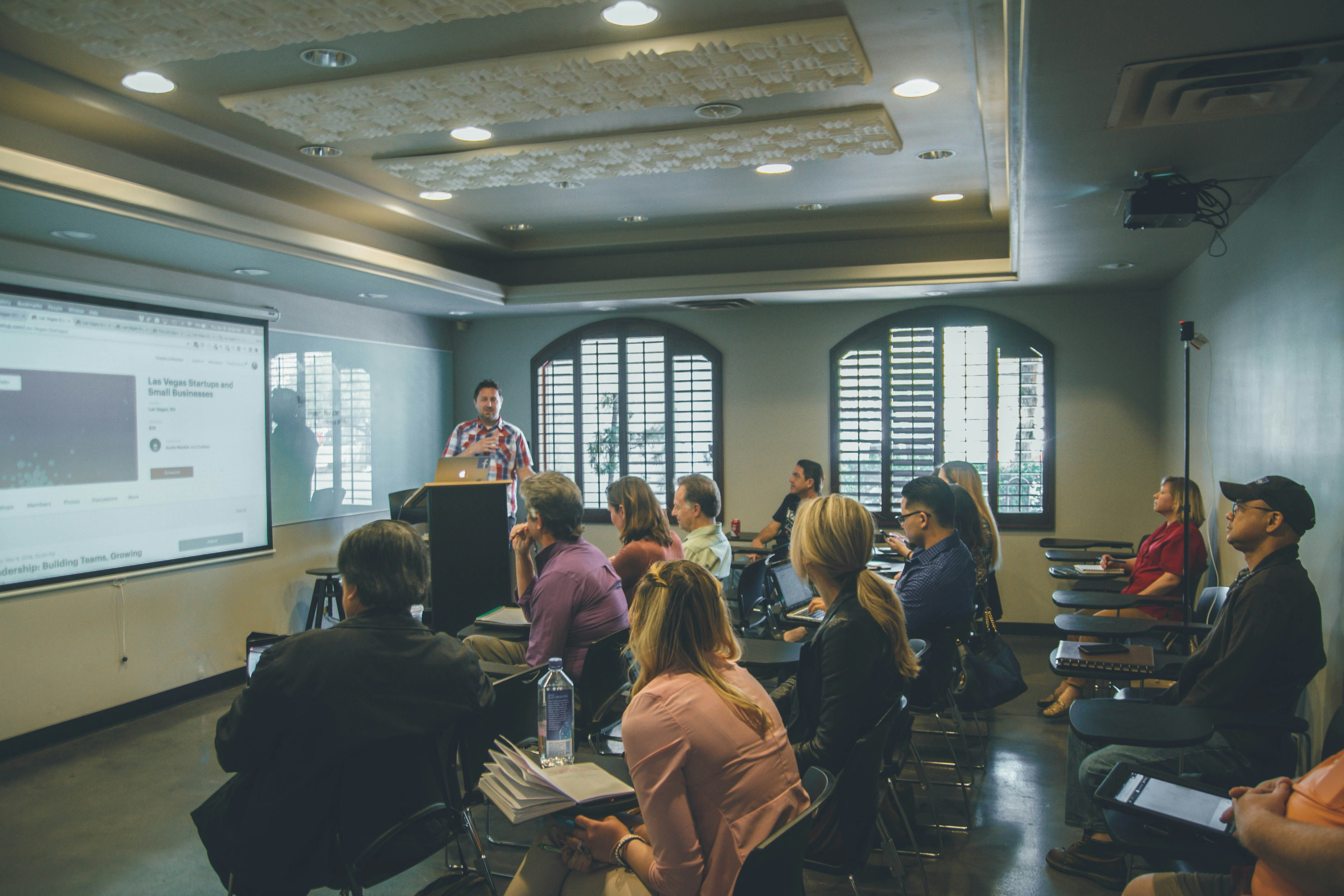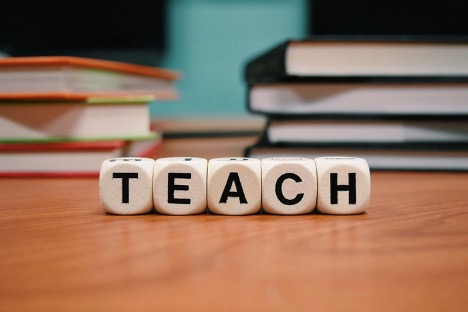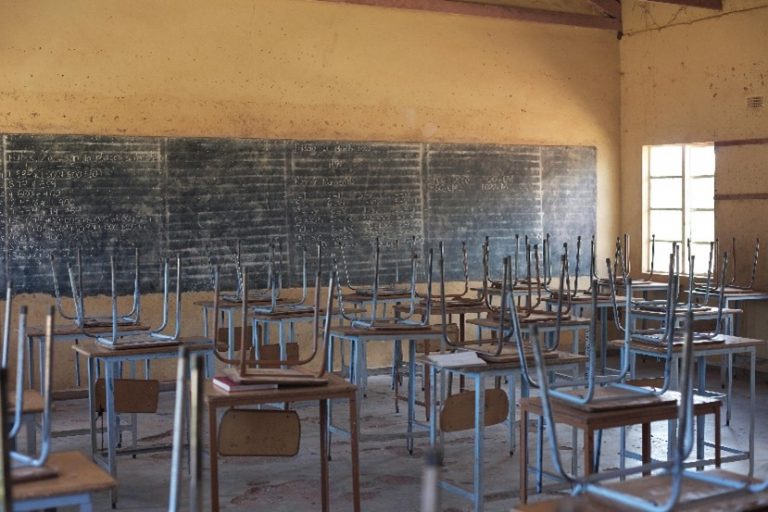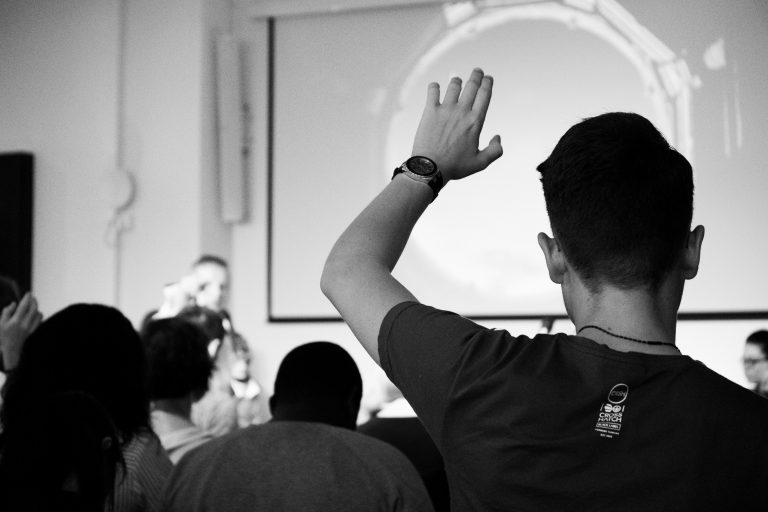Invaluable Resources for Every Instructor (And Their Students)
Within the world of education, there is no more valuable resource for students seeking success than an instructor. Being an educator is both an incredible responsibility and an intimidating one. The good news? Instructors may be the most invaluable resource for a student to turn to, but instructors themselves have resources to turn to—and to…

